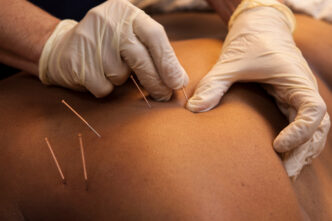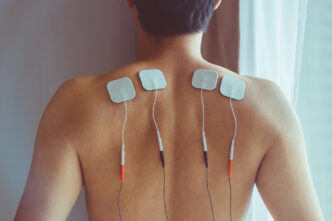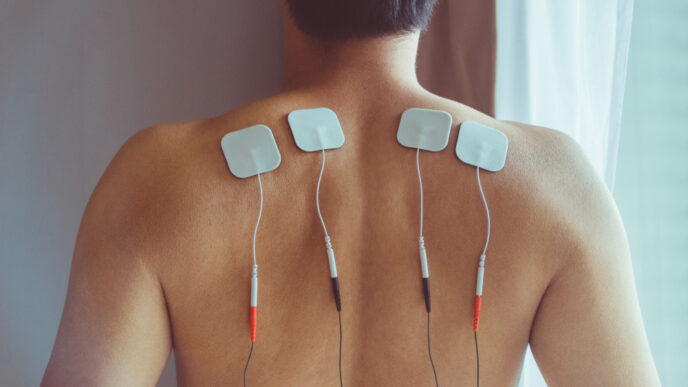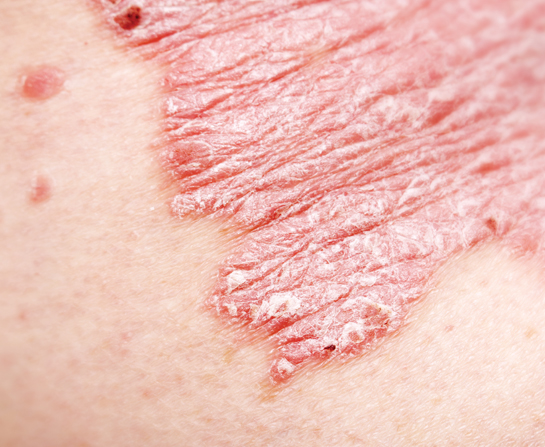Deep needling is a therapeutic technique where fine needles are inserted into specific points in the muscles or tissues to relieve tension, improve circulation, and reduce pain. It is often used as a part of physical therapy.
WORDS KIMBERLEY LOOI
 FEATURED EXPERT FEATURED EXPERTKIMBERLEY LOOI Chiropractor and Founder Kim’s Chiropractic |
If you have ever dealt with stubborn muscle knots that just will not go away no matter how much you stretch or massage them, you are not alone.
As a chiropractor, I see patients every day who are frustrated with persistent muscle pain that seems immune to traditional treatments.
That is where dry needling comes in – a technique that might just be the missing piece in your pain relief puzzle.
WHAT IS DRY NEEDLING?
Let me start by clearing up a common misconception. While dry needling might look similar to acupuncture — both uses very fine needles — they are fundamentally different treatments with different goals.
Dry Needling
- Dry needling is a technique where fine needles are inserted directly into tight muscles or trigger points — those painful knots you can feel under your skin — to release tension and improve movement.
- The focus is purely on the muscle itself. When I hit the right spot, you will often feel a quick twitch response – that is the muscle essentially “resetting” itself.
Acupuncture
- Acupuncture, on the other hand, is rooted in traditional Chinese medicine.
- It places needles along specific energy pathways called meridians to restore overall balance in the body.
Both treatments have value, but they achieve their results through completely different mechanisms.
THE SCIENCE BEHIND THE PAIN RELIEF
- When the needle is inserted into a trigger point, it creates a small, controlled stimulus that triggers the muscle to relax.
- This stimulus also improves blood flow to the area and reduces the chemical irritation that contributes to your pain.
- That twitch or brief ache you feel when the needle hits the trigger point is actually a good sign, as it means that the muscle is resetting to move more freely, reduce tension, and restore its normal function.
WHO WOULD BENEFIT?
Dry needling is particularly effective for conditions caused by muscle tightness or stubborn trigger points that just will not release on their own.
- Neck and back pain, especially from poor posture
- Tension headaches that stem from tight neck muscles
- Sports-related muscle strains and overuse injuries
- Shoulder stiffness and pain
- Muscle pain that keeps coming back despite other treatments
Dry needling is recommended when regular stretching, massage, or exercise alone cannot release the underlying muscle knot.
Athletes and office workers, especially, often find it incredibly helpful as repetitive stress or posture issues in their career and lifestyle can keep creating recurring muscle pain.
WHAT A DEEP NEEDLING SESSION IS LIKE
How Many Sessions?
- While everyone is different, most people may notice improvements within 1 to 3 sessions.
- Acute conditions may improve quickly, while chronic muscle problems that have been bothering one for months or years often require a short series of treatments.
What Occurs in a Session
- First, a thorough assessment is conducted to identify exactly which muscles or trigger points are causing your pain. This involves feeling for those tight spots and understanding one’s movement patterns.
- Once problem trigger points areas have been identified, very fine needles are inserted into these trigger points.
- One may feel a twitch or mild soreness as the muscle releases — this is completely normal and actually indicates that the treatment is working.
- The needling portion typically takes just a few minutes.
- After the needles have been removed, stretching or light manual therapy can be conducted to maximize the benefits and help one’s muscles adapt to their new, more relaxed state.
Dry Needling Is Not Suitable for…
- Pregnant women
- People with bleeding disorders
- People on blood-thinning medication
- People with a severe fear of needles
SIDE EFFECTS
The most common side effects are quite mild and similar to what one might feel after an intense workout. These include:
- Mild soreness at the needle site
- Muscle fatigue for a day or two
- Occasionally, a small bruise where the needle was inserted
These reactions typically resolve within 24 to 48 hours.
Serious risks are very rare when the treatment is performed by a trained professional who understands anatomy and proper needle techniques.
| This article is part of our series on evidence-based complementary and alternative treatment. |











